Over the last few weeks and months I’ve been trying to improve my understanding of flash photography. We’re all so used to seeing the bad photos from little on-camera pop-up flashes — you know, the ones that make otherwise pretty party-goers look like a zombie reunion — that it’s tempting to forego flash altogether and rely only on natural light. Doesn’t the sensitivity of today’s cameras mean that flash is almost redundant?
And yet, I was also aware that many professionals make extensive use of flash, in studio settings, of course, but also for weddings, portraiture and other types of photography where you can take the time not just to capture what’s in front of your lens, but to sculpt the light to your needs. Unless you’re after a particular effect, the trick is to use a flash without it being too obvious you’re using a flash! This was one of my early experiments, and one of the rare occasions I managed to get Rose to pose for a photo! (You can click the images for larger versions).
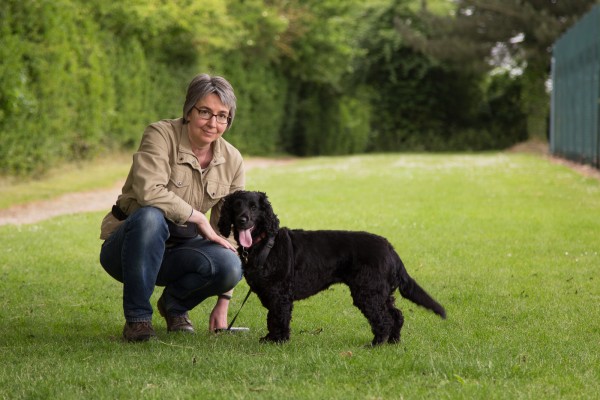
The flash was wedged into the fence on the right-hand side and triggered by radio from the camera.
Now, why use flash outside on a reasonably sunny morning? Well, I can put the subjects in the shade under a tree, which makes them stand out from the surroundings a bit more. I can have a nice sunlit background without them having to squint into the sun. And I can add a little more in the way of contours in an otherwise rather flat light. There are many ways this shot could be improved, but it’s a start, and the key realisation for me was that I couldn’t have got it with unmodified natural light alone.
However, I needed to experiment more with some of my other equipment, so I had to find a subject who didn’t mind spending some time in front of the camera. Fortunately, I was able to draw on the services of Richard‘s daughter Iris, who obligingly lay on the floor with some brightly-coloured toys and occasionally waved her legs in the air, while I pointed bright flashy things at her. Richard captured a nice image of our improvised studio.
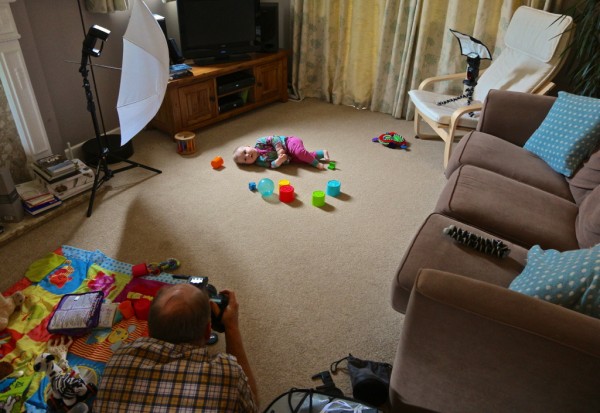
Iris was a delightful subject, and we got some nice shots.

I need to start pestering some of my other nearby friends to see if anyone else fancies a portrait session!
If you’re also interested in playing with this kind of thing and have Canon equipment, I strongly recommend that you throw away the manuals that came with your flashgun and get Syl Arena’s Speedlighter’s Handbook, which definitely deserves its Amazon ratings.



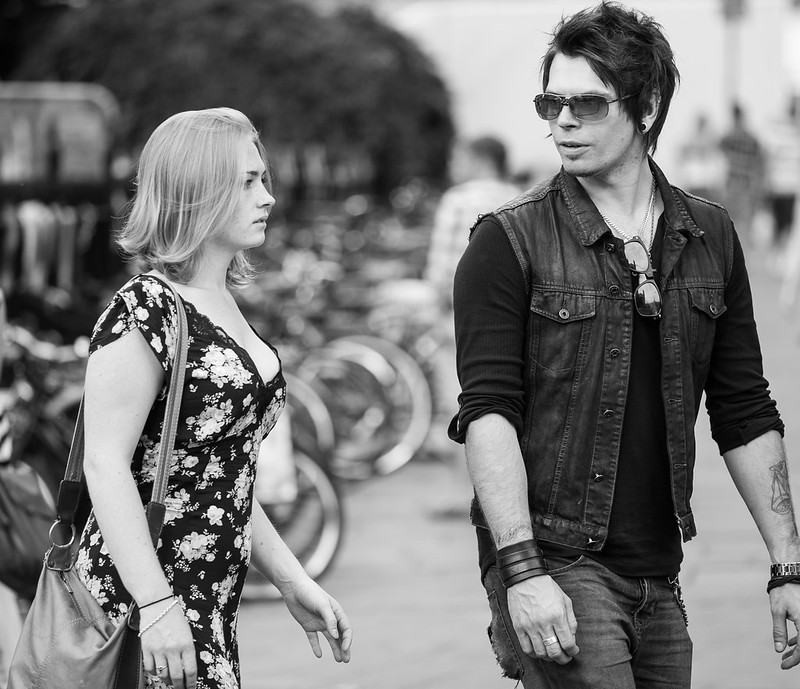





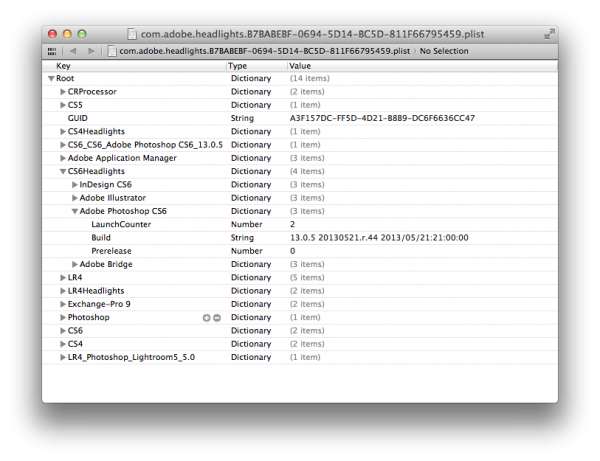
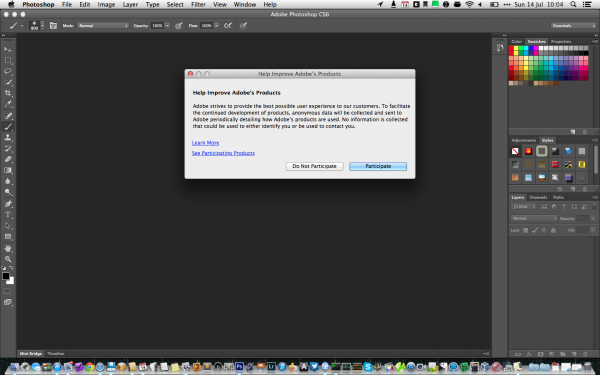
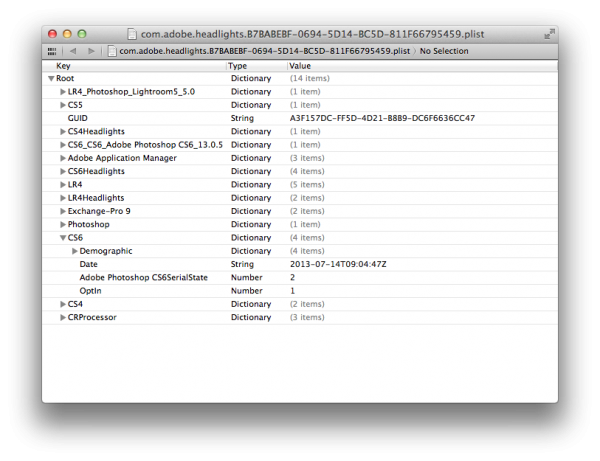
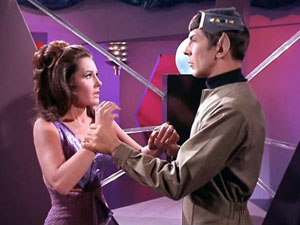
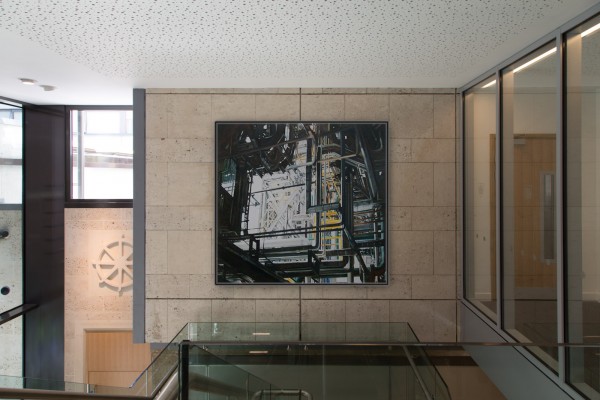
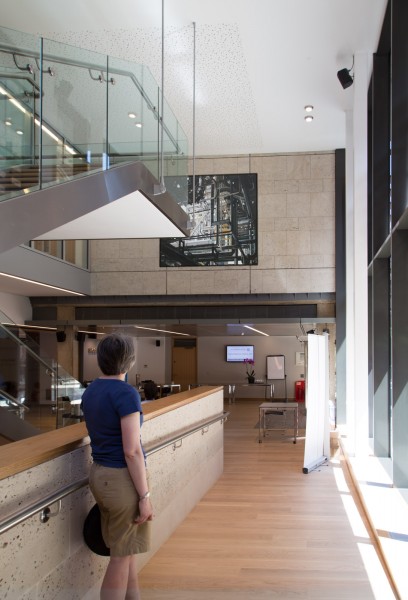
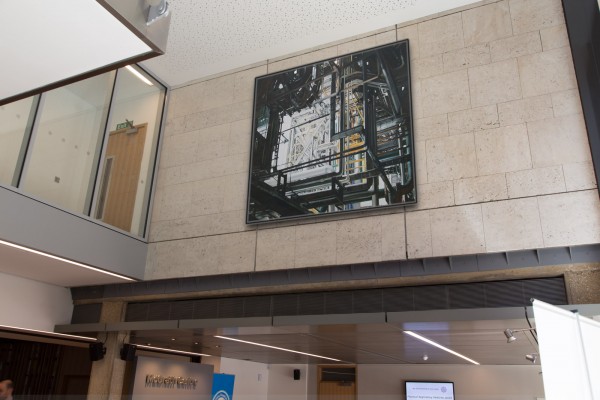





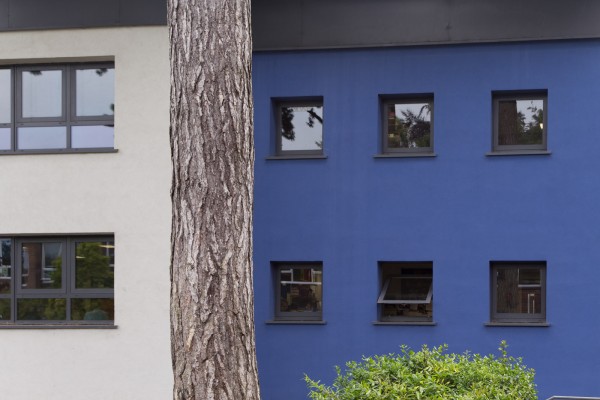
Recent Comments